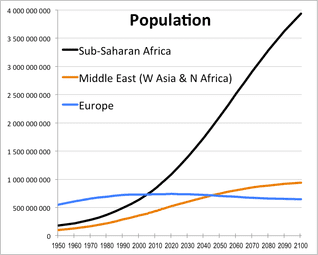 Madeline Rudd Staff Writer The tallest animal on land has recently been noticed by the International Union for Conservation of Nature (IUCN) in June of this year and has moved up the Red List crisis ladder from “least concern” to “vulnerable”. In 1985, the giraffe population varied around 151,700 to 163,400, but in the 2015 count, biologists discovered that the number has dramatically dropped to 97,562. The decline in giraffe population cannot be real because giraffes live all over Africa right? Wrong. It seems like there are plenty of giraffes in the world, but that is because we are familiar with them and see them when we go to the zoo. Along with the African elephant, the giraffe would not have this extreme population decline without the help of its neighbors, the humans. The giraffe’s natural homes are in the countries below the Sahara Desert, from Niger to Zimbabwe and Botswana. In the past twenty years, the human population in these countries has increased tremendously and is predicted to grow even more in the future. Niger, for example, is expected to almost double in population in the next fifteen years and has the number one fertility rate in the world, according to the Population Reference Bureau. Now what does a human population increase really entail? With humans comes multiple problems, “(1) habitat loss (through deforestation, land use conversion, expansion of agricultural activities and human population growth) (2) civil unrest (ethnic violence, rebel militias, paramilitary and military operations), (3) illegal hunting (poaching), and (4) ecological changes (mining activity, habitat conversion to agriculture, climate-induced processes).” According to the IUCN, these are the four reasons why the giraffe population has declined with habitat loss being the number one reason for the dramatic population loss; therefore, the more our population increase the giraffe population decreases because of our overuse of resources that we should be sharing with the “locals” around us. Now you may be asking: what can we do to help? Based on the research that the IUCN has been conducting we, meaning the human population, need to show some empathy for the species with which we share our land. There are laws in place or being placed for habitat conservation and protection and to make poaching illegal, along with community initiatives to educate and make residents aware of the loss in giraffe population. In some areas there are borders/fences to keep the giraffe population in one area so it can grow without interruption. Since we obviously don’t live in Africa, we can only do so much to bring light to this “silent extinction”. Nonetheless, as a part of the human population, we can become informed and help inform others. In order to save the tallest land animal from vulnerability, we need to take initiative now.
Comments are closed.
|
Archives
March 2017
Categories
All
|

